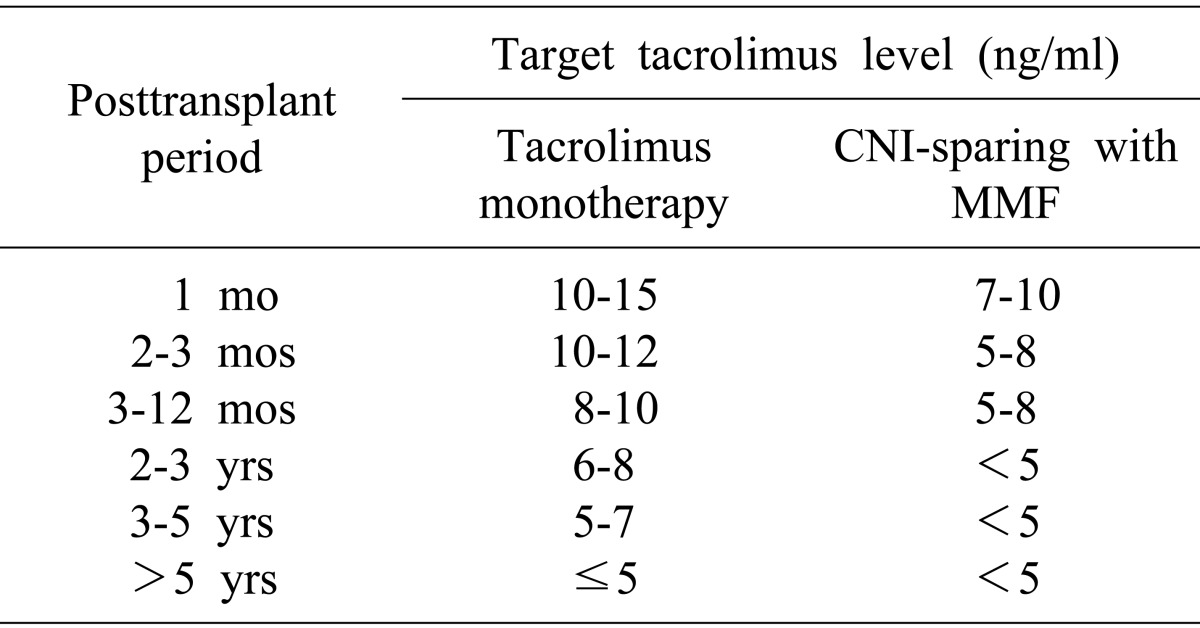1. Lee SG, Hwang S, Kim KH, Ahn CS, Moon DB, Ha TY, et al. Toward 300 liver transplants a year. Surg Today. 2009; 39:367–373. PMID:
19408072.

2. Hwang S, Lee SG, Ahn CS, Kim KH, Moon DB, Ha TY, et al. An increase in deceased donor incidence alleviated the need for urgent adult living donor liver transplantation in a Korean high-volume center. Transplant Proc. 2010; 42:1497–1501. PMID:
20620462.

3. Lee SG, Moon DB, Shin H, Kim KH, Ahn CS, Ha TY, et al. Living donor liver transplantation for hepatocellular carcinoma: current status in Korea. Transplant Proc. 2012; 44:520–522. PMID:
22410060.

4. Hwang S, Lee SG, Ahn CS, Kim KH, Moon DB, Ha TY, et al. A clinical assessment of mycophenolate drug monitoring after liver transplantation. Clin Transplant. 2010; 24:E35–E42. PMID:
20070319.

5. Ekong UD. The long-term liver graft and protocol biopsy: do we want to look? What will we find? Curr Opin Organ Transplant. 2011; 16:505–508. PMID:
21836515.
6. Hübscher SG. What is the long-term outcome of the liver allograft? J Hepatol. 2011; 55:702–717. PMID:
21426919.

7. Mells G, Mann C, Hubscher S, Neuberger J. Late protocol liver biopsies in the liver allograft: a neglected investigation? Liver Transpl. 2009; 15:931–938. PMID:
19642126.

8. Feng S, Ekong UD, Lobritto SJ, Demetris AJ, Roberts JP, Rosenthal P, et al. Complete immunosuppression withdrawal and subsequent allograft function among pediatric recipients of parental living donor liver transplants. JAMA. 2012; 307:283–293. PMID:
22253395.

9. Sánchez-Fueyo A. Hot-topic debate on tolerance: immunosuppression withdrawal. Liver Transpl. 2011; 17(Suppl 3):S69–S73. PMID:
21850680.

10. Porrett P, Shaked A. The failure of immunosuppression withdrawal: patient benefit is not detectable, inducible, or reproducible. Liver Transpl. 2011; 17(Suppl 3):S66–S68. PMID:
21748844.

11. Cho JY, Suh KS, Kwon CH, Yi NJ, Lee KU. Mycophenolate mofetil in combination with tacrolimus in adult living donor liver transplant recipients. J Korean Soc Transplant. 2006; 20:84–89.
12. Vivarelli M, Cucchetti A, Piscaglia F, La Barba G, Bolondi L, Cavallari A, et al. Analysis of risk factors for tumor recurrence after liver transplantation for hepatocellular carcinoma: key role of immunosuppression. Liver Transpl. 2005; 11:497–503. PMID:
15838913.

13. Vivarelli M, Cucchetti A, La Barba G, Ravaioli M, Del Gaudio M, Lauro A, et al. Liver transplantation for hepatocellular carcinoma under calcineurin inhibitors: reassessment of risk factors for tumor recurrence. Ann Surg. 2008; 248:857–862. PMID:
18948815.
14. Hwang S, Moon DB, Ahn CS, Kim KH, Ha TY, Song GW, et al. Risk-based long-term screening for hepatocellular carcinoma recurrence after living donor liver transplantation. Transplant Proc. 2013; 45:3076–3084. PMID:
24157040.

15. Vivarelli M, Dazzi A, Cucchetti A, Gasbarrini A, Zanello M, Di Gioia P, et al. Sirolimus in liver transplant recipients: a large single-center experience. Transplant Proc. 2010; 42:2579–2584. PMID:
20832548.

16. Toso C, Merani S, Bigam DL, Shapiro AM, Kneteman NM. Sirolimus-based immunosuppression is associated with increased survival after liver transplantation for hepatocellular carcinoma. Hepatology. 2010; 51:1237–1243. PMID:
20187107.

17. Kornberg A, Küpper B, Tannapfel A, Thrum K, Wilberg J, Bärthel E, et al. Adjuvant conversion to sirolimus in liver transplant patients with recurrent hepatocellular carcinoma - preliminary results. Transpl Int. 2008; 21:96–99. PMID:
17903182.

18. Kornberg A, Küpper B, Tannapfel A, Katenkamp K, Thrum K, Habrecht O, et al. Long-term survival after recurrent hepatocellular carcinoma in liver transplant patients: clinical patterns and outcome variables. Eur J Surg Oncol. 2010; 36:275–280. PMID:
19857941.

19. Gomez-Martin C, Bustamante J, Castroagudin JF, Salcedo M, Garralda E, Testillano M, et al. Efficacy and safety of sorafenib in combination with mammalian target of rapamycin inhibitors for recurrent hepatocellular carcinoma after liver transplantation. Liver Transpl. 2012; 18:45–52. PMID:
21932373.

20. Bhoori S, Toffanin S, Sposito C, Germini A, Pellegrinelli A, Lampis A, et al. Personalized molecular targeted therapy in advanced, recurrent hepatocellular carcinoma after liver transplantation: a proof of principle. J Hepatol. 2010; 52:771–775. PMID:
20347502.

21. Waidmann O, Hofmann WP, Zeuzem S, Trojan J. mTOR inhibitors and sorafenib for recurrent heptocellular carcinoma after orthotopic liver transplantation. J Hepatol. 2011; 54:396–398. PMID:
21111506.

22. Yoon DH, Ryoo BY, Ryu MH, Lee SG, Hwang S, Suh DJ, et al. Sorafenib for recurrent hepatocellular carcinoma after liver transplantation. Jpn J Clin Oncol. 2010; 40:768–773. PMID:
20494947.

23. Masetti M, Montalti R, Rompianesi G, Codeluppi M, Gerring R, Romano A, et al. Early withdrawal of calcineurin inhibitors and everolimus monotherapy in de novo liver transplant recipients preserves renal function. Am J Transplant. 2010; 10:2252–2262. PMID:
20486905.

24. Perrakis A, Schwarz K, Yedibela S, Croner RS, Hohenberger W, Müller V. Impact of the conversion of the immunosuppressive regimen from prograf to advagraf or to sirolimus in long-term stable liver transplant recipients: indications, safety, and outcome. Transplant Proc. 2011; 43:3702–3707. PMID:
22172830.


